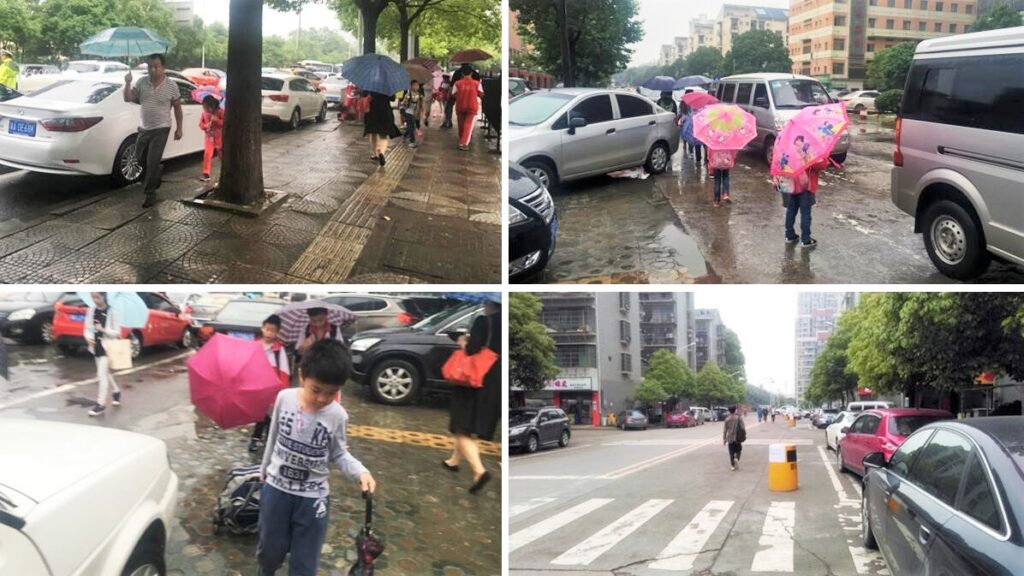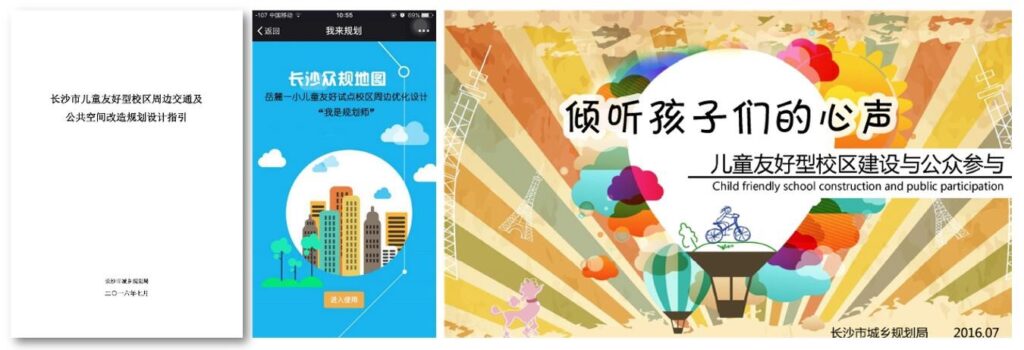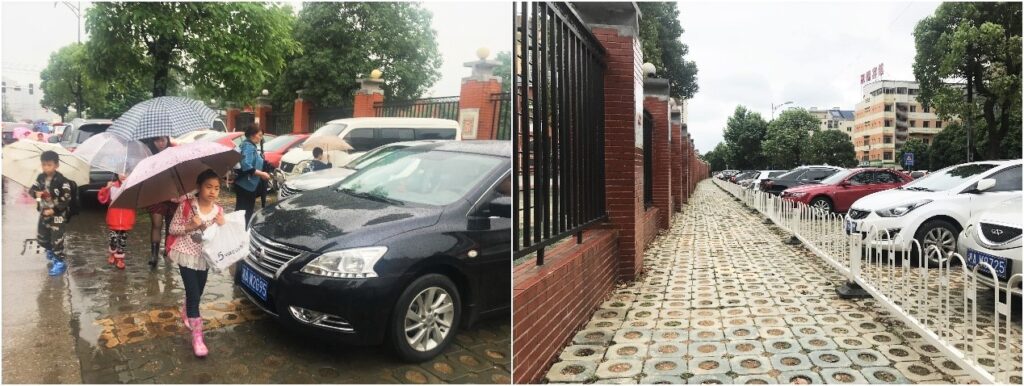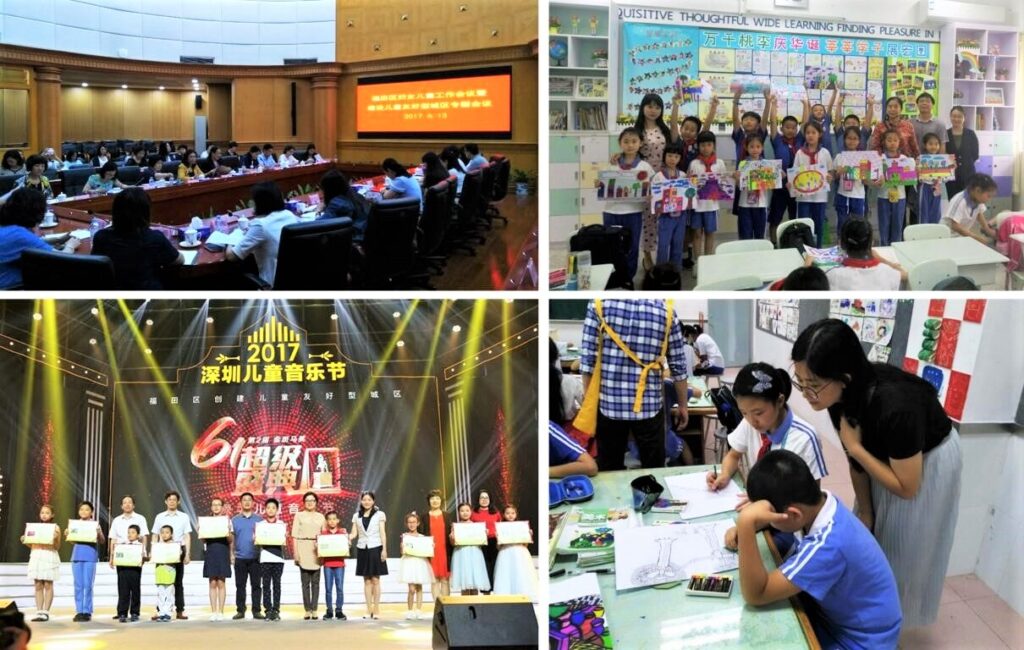According to the Department of Transport Statistics, more than 18,500 children (under 14 years old) die of traffic accidents in China every year – 2.5 times the number in Europe and 2.6 times in U.S.A. Among many others, poor travel conditions is a key component leading to these tragedies. While many cities around the world have started to address issues of safety in transport, the first in China is the city of Changsha, located in the south-central region of the country. Due to Changsha’s awareness of the importance of creating better transport infrastructure for children and ITDP China’s advocacy, the Changsha Urban Planning Bureau included a Child Friendly City (CFC) initiative into the Changsha Long-term Development Plan 2050, and began to launch a series of transit improvement projects last year. Now, with ITDP’s assistance, the City of Changsha is not only the first to address the issue, it is the first in the nation to officially be equipped with leading CFC measures. Many other Chinese cities are expected to follow Changsha’s footsteps to implement innovative actions and become child friendly.
Since the last International Children’s Day in June 2016, ITDP China has been working for the Changsha CFC project with Changsha Urban Planning Bureau, Shenzhen New Land Tool (SZNLT), and many other local design institutes. ITDP China provided technical support including preliminary training for government officials and local design institutes, and the professional review for 10 pilot demonstration school proposals. The proposals included 186 implementation items, including 121 short-term items with a 19.085 million Yuan investment and 65 long-term items with a 108 million Yuan investment. These improvements consist of walking spaces, crossings, traffic organization, transport infrastructure, and public spaces around schools, aiming to establish a better environment for children’s studying, living, and playing.
The Changsha CFC School Area Urban Planning and Design Guide, mostly created by ITDP China and SZNLT, was issued by the Changsha Urban Planning Bureau late last year to provide design guidelines at the city level for any newly-developed or regenerated school development.
ITDP China has also assisted the Changsha Urban Planning Bureau and local design institutes to host a series of CFC communication activities, including classes open to the public in the Changsha Urban Planning Exhibition Hall and presentations to the Urban Planning Bureau, the Education Bureau, local design institutes, etc., to advocate for children’s rights. As a result, adequate resource commitments and budget analysis for children from the city government was approved creating a lot of media and public buzz. One of the most exciting results from the campaign has been the public participation, particularly from the children, during the design process.
As Changsha Urban Planning Bureau said, by International Children’s Day 2017 (June), Changsha city will implement improvements to a wider area around the schools, including implementing a refuge island, parking demand management, traffic organization for peak hours, sign integration, and public space upgrades. These improvements were implemented as promised, showcased in the images below.
Changsha’s contribution to CFC, including this project, which won the 2017 China’s CFC Community Service Projects Award issued by the China Child-friendly Community Work Committee in April, has inspired a lot of Chinese cities’ awareness of CFC. ITDP China was invited for a second time to participate in the Shenzhen CFC development on demonstration projects in communities, schools, hospitals, and libraries. More technical support like transport environment design, public space proposals, and international best practices will be provided. ITDP aims to promote more CFC demonstration projects in other Chinese cities, and cooperate with national institutes to formulate a national CFC guideline. This way, ITDP can continue to help create cities where all people can travel safely because when cities are designed with children at the focus, they are safe, sustainable environments for everyone.






